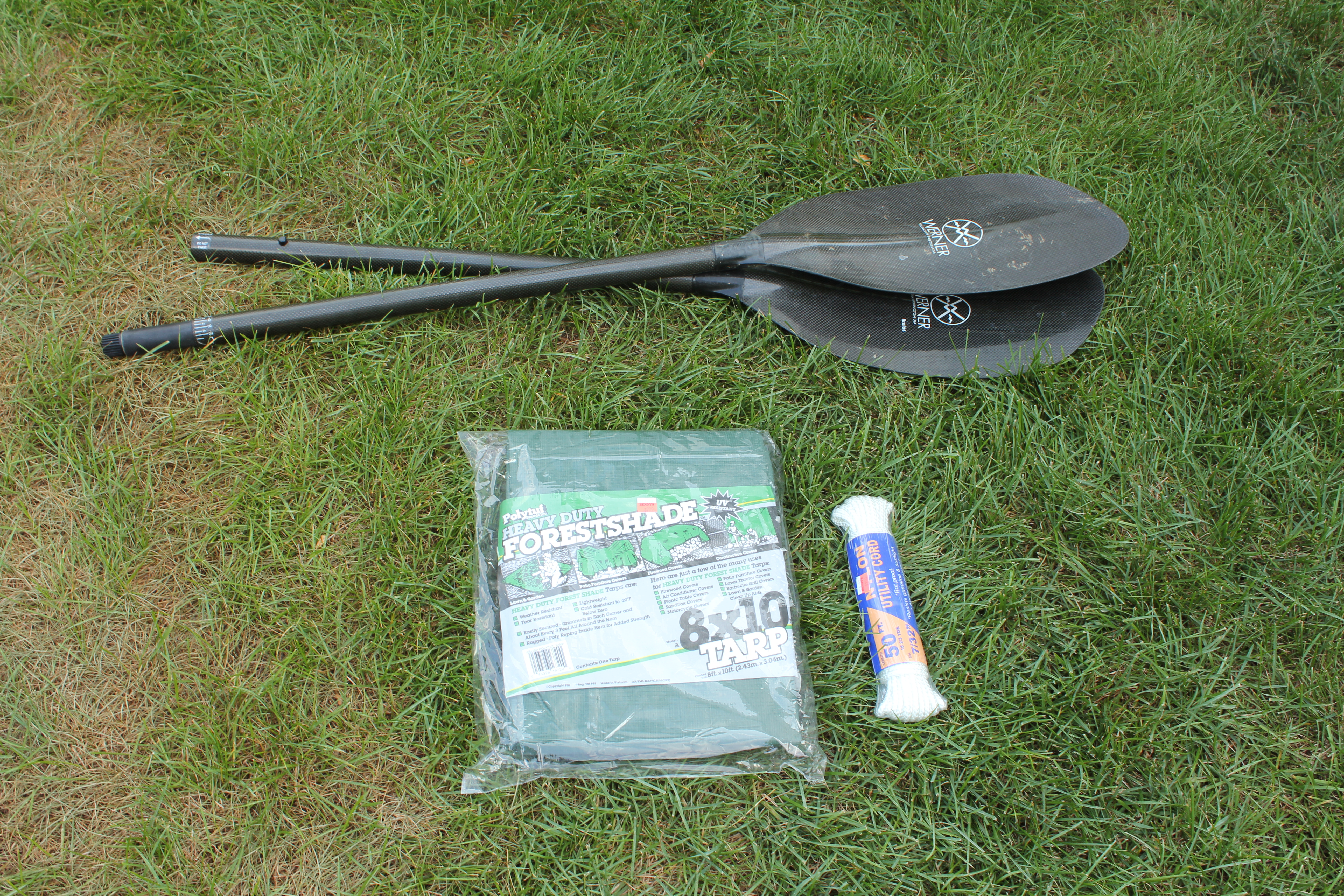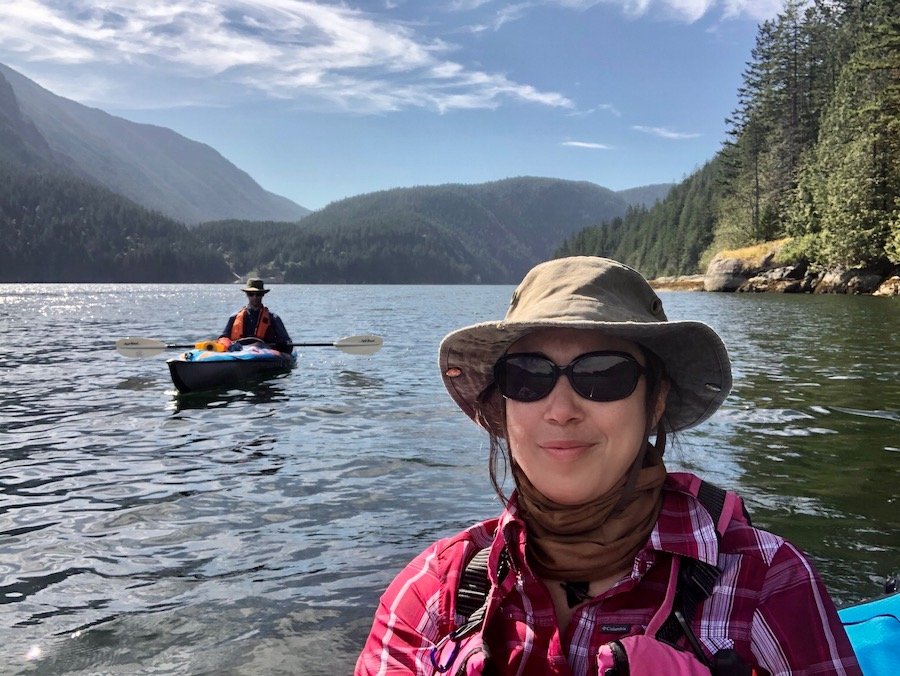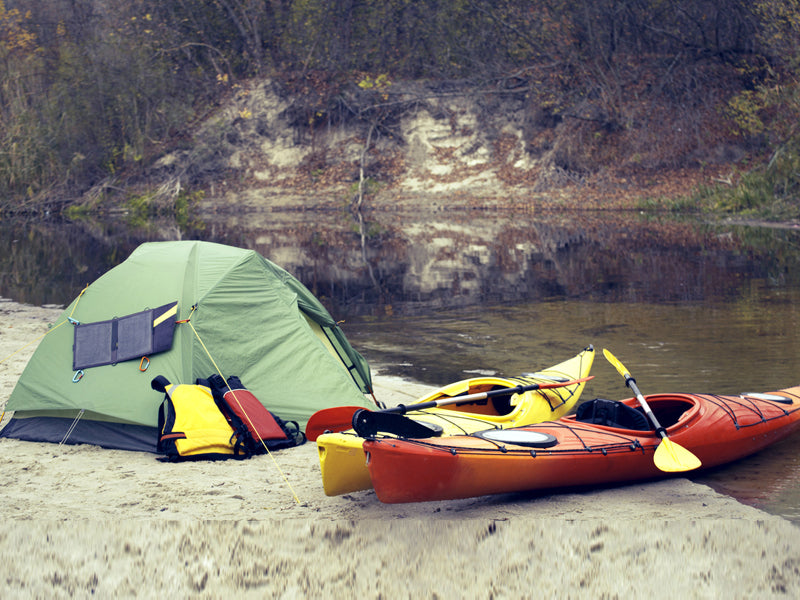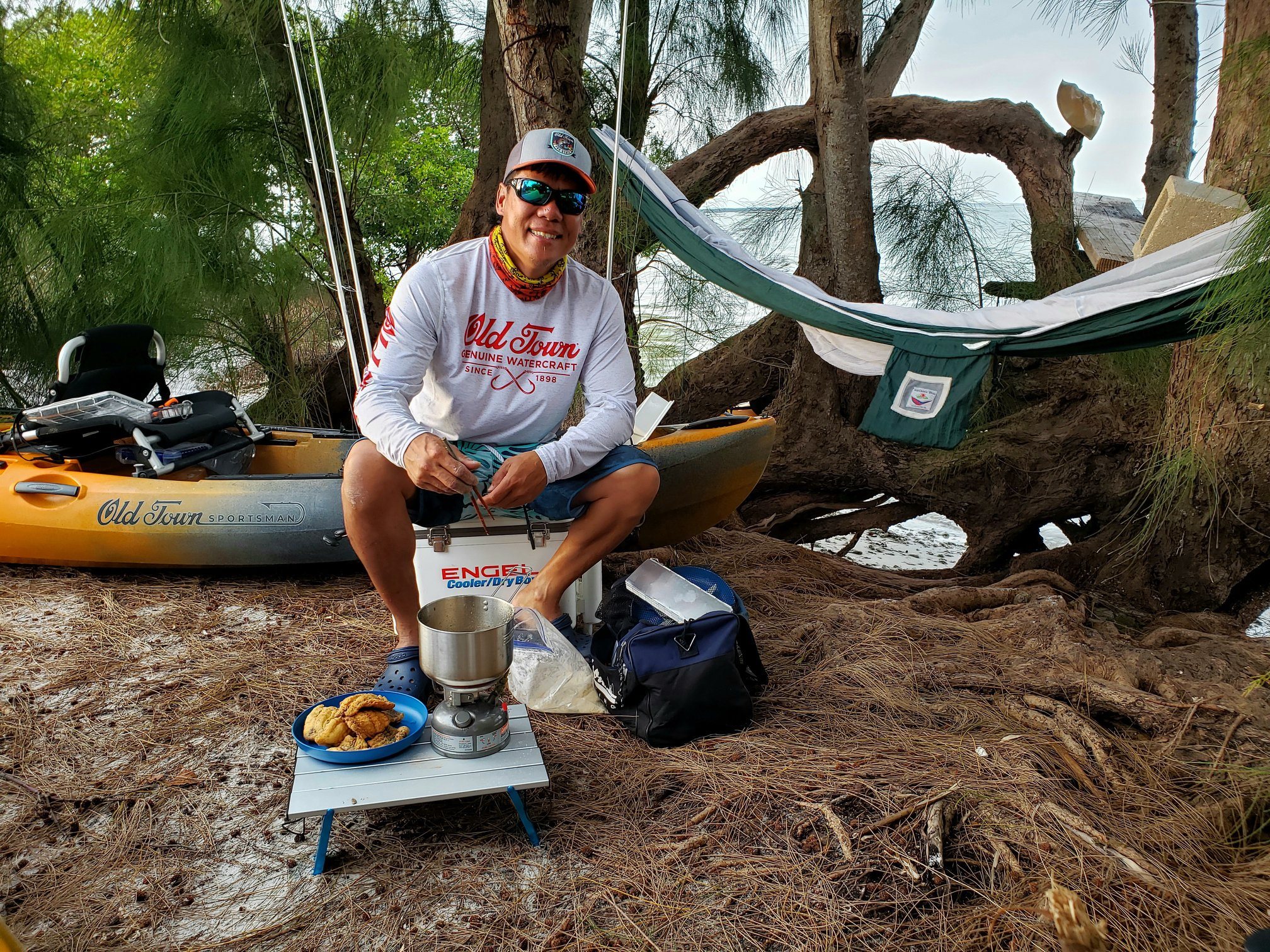By A Mystery Man Writer

“Kayak camping” is a way to describe the activity of combining your love of kayaking with your love of camping. Preparation is key and always important.
“Kayak camping” is a way to describe the activity of combining your love of kayaking with your love of camping. When you are kayak camping, you use your kayak as a means of transportation (and enjoyment) between camping spots over the course of one or several days. It is a combination of camping, backpacking, and kayaking.
Kayak camping is NOT sleeping in your kayak on the water. No matter how sleepy you might get, it is never a good idea to snooze while on the water. The risk of capsize, drifting, and exposure is just too high. When you are ready to relax, pull your kayak up onto to shore and set up camp.
Kayak Camping vs Other Types of Camping
Like other types of camping, kayak camping lets you experience the great outdoors away from the many distractions (and conveniences) of modern day life. Everything you use must be brought with you and taken out again. Sit under the stars, watch the fire crackle, and fall asleep to a chorus of crickets and frogs.
Traditional camping lends itself to all.the.things. Packing up a car, truck, van, or RV gives you much more leeway to include the camping stove, chairs, two-room tent, and potable water tank. Often, your camping spot is in a designated area and you might find yourself neighbors to a rowdy group of loud talkers.
Backpack camping lends itself to nothing.but.the.essentials. Since whatever you need has to be carried on your back, it is quickly apparent that only the most vital things can be included on your hike. Your feet can take you places a vehicle can’t go. However, you must be prepared to endure whatever mother nature throws at you so planning for the weather is important.
Kayaking camping splits the difference between backpacking with its sparse packing list and traditional camping with its (at times) overabundance of stuff. Because you have a kayak to transport your goods, you can take a bit more than you would on your back. But you also need to keep the weight within established parameters. You don’t want to wear yourself out and you also don’t have unlimited space. Know the weight limit of your kayak so you know how much gear you can safely stow.
Preparation is key and always important: know your route, plan for the weather, and leave an itinerary with someone at home.
Why Choose to Kayak Camp?
Kayak camping is a wonderful way to experience the great outdoors in ways you can’t with a vehicle or even on foot. Paddling your way to a unique, untouched spot can be a special part of kayak camping.
Kayak camping also allows you to spend more than a few hours on the water. You get to have an extended kayak adventure to enjoy. You can take more gear than if you are backpacking because you can float it to your destination, but you are still keeping things simple.
What to Pack in Your Kayak?
There are a few unique packing challenges for a kayak camper. While your list will be specific to your needs and trip, here are a few things to consider when packing your kayak.
Balancing your kayak. When you need to pack more gear on your yak, you will need to be mindful of the center of balance. Heavier things should go near the center and lighter things tucked further away.
Multiple small bags vs. one big bag. It is wise to pack into multiple smaller dry bags. This serves two purposes. First, you can organize for quick access. Having all your food for one meal, or all your clothes, or all your medicine in one location makes it easy to grab that one bag. You don’t need to rummage through a big bag to get to your item or pack/unpack multiple times. Second, many smaller bags makes it easier to balance your yak. You can place things with different weight in just the right spots.
When you kayak camp (similar to backpacking) it is best to invest in a water filtration system. It isn’t very safe or practical to carry water (bottles or jugs) when you are kayaking. Carrying your water with you makes the kayak very unstable and it adds an enormous amount of weight. Another benefit of being able to clean your own water is that you are assured that you will never run out.
Comparisons:
Traditional Camping
Kayak Camping
Backpack Camping
How to get there:
Vehicle: RV, camper, truck, van, car
kayak
Your own two feet
What to bring:
Everything - but the kitchen sink. . .
What you can fit in your kayak
What you can take on your back
Challenges:
Lots of set-up & tear down, sharing space with neighbors
Keeping things dry, balancing your yak, riding out extreme weather
Packing light so you don’t wear out, riding out extreme weather,
Benefits:
Bring more “extras”, less exhausting transporting things, ability to break camp in extreme weather (or use the safety of a vehicle)
Opens up unexplored, solitary areas to get away from it all, you don’t have to carry everything (so it splits the difference between traditional camping and backpacking)
Freedom to roam as far or as near as your feet can wander, keeps things simple

Preparing For Kayak Camping

Crazy Bay Kayak Campsite

1000 Islands Kayaking – Sea kayaking tours in Gananoque and the

How to Build a Tarp Tent for Kayak Camping

Preparing For Kayak Camping

What Equipment to Pack for A Kayaking Camping Trip –

Kayaking the Indian Arm: An Overnight Marine Camping Trip to

6 Tips on How to Plan a Camping and Kayaking Trip

Best Kayaks for Camping in 2023

All About Paddling - I hear alot of people wanting to go on kayak